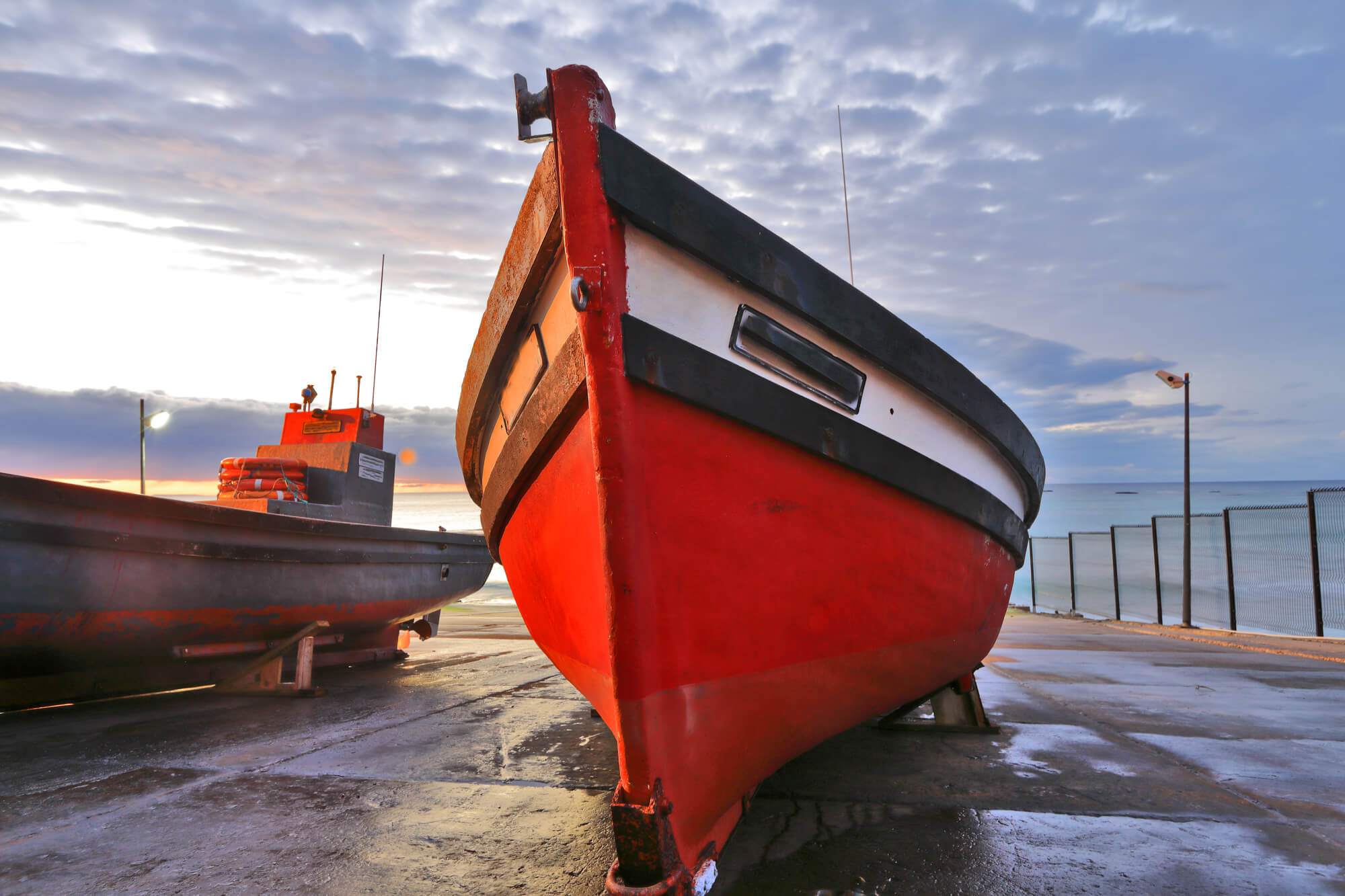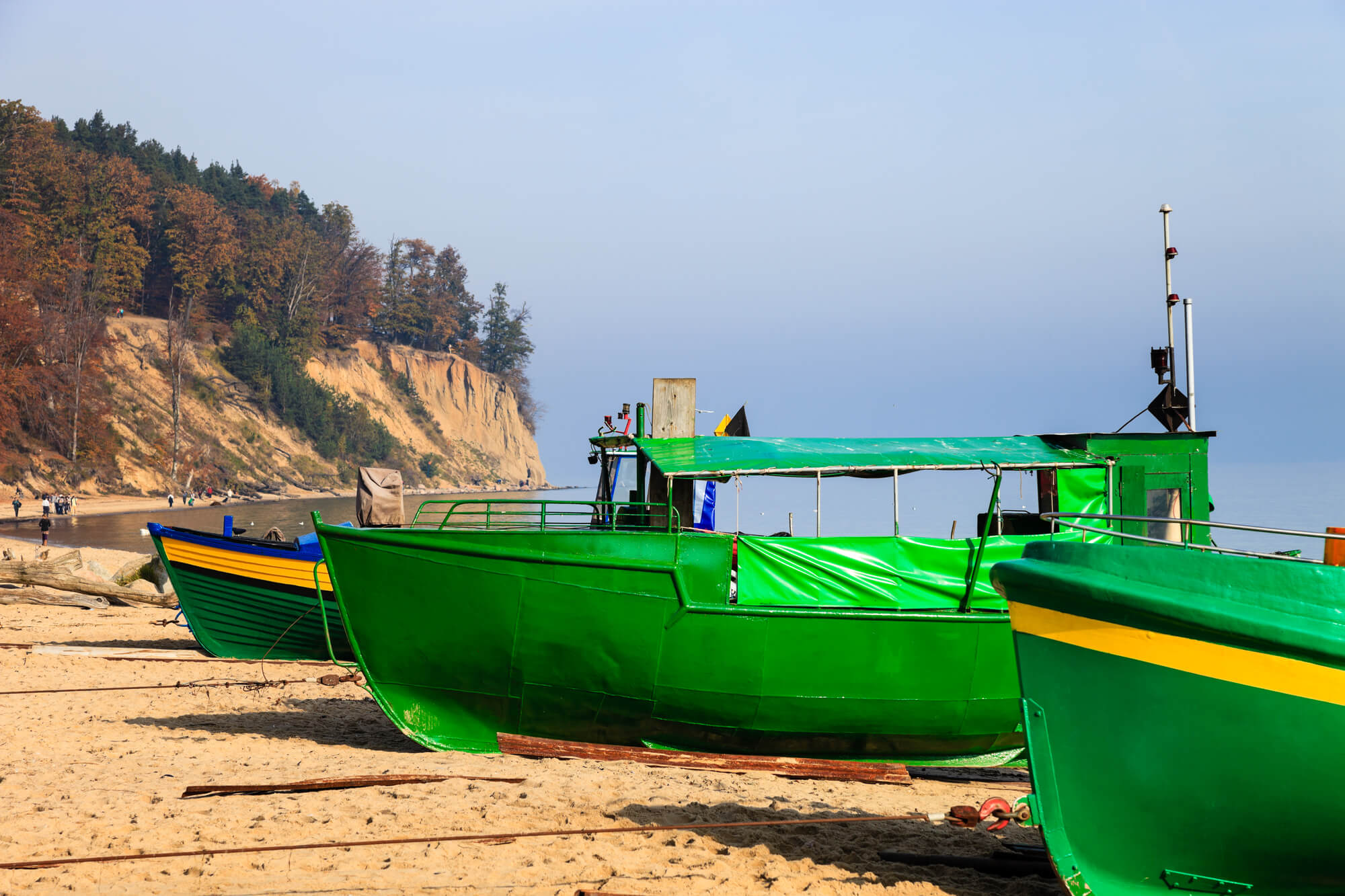There’s nothing like a quality boat lift in Bradenton installed on your waterfront property. However, it’s important to note that manufacturers use different boat lift materials for the frame and cables. Moreover, these materials offer different benefits for specific dock conditions, water depths, and environmental factors.
It’s important to note that maintenance requirements for the boat lift structure will depend on the type of material used in its frame and cables. Since there’s no one-size-fits-all boat lift system, you’ll want to learn more about these materials when choosing the right style for your setup.

Common Boat Lift Materials
Frame Materials
-
Galvanized Steel
While a galvanized steel lift frame makes a sturdy boat lift, its finish corrodes over time. One of the simplest ways to prevent or slow corrosion development is to hose your lift down after each use. Since galvanized steel boat lift systems feature galvanized steel hardware, their crevices will inevitably corrode even if you coat the welded areas with special paint.
While galvanized steel boat lifts are much heavier than aluminum ones, they work well when installed in deeper waters. You won’t have to remove them for winter. If your lift frame material of choice is galvanized steel, it’s best to purchase a welded black steel boat lift. Since such lifts are hot-dip galvanized, all of their metal components are fully submerged in a bath of molten zinc. This protective zinc coating helps prevent rusting down the road.
It’s important to note that the weather, waves, and usage take a toll on a boat lift. For this reason, more maintenance is required for lift frames bolted together because bolts typically come loose over time, resulting in loss of frame alignment and corrosion. Other lift components, such as cables and pulleys, suffer premature wear and tear when this happens. Alternatively, welded boat lifts don’t need boats to stay aligned since they don’t have bolts holding them together.
-
Aluminum Frame
An aluminum frame is known for its lightweight and durability. In most cases, aluminum boat lift systems have stainless steel hardware. However, aluminum works well with freshwater and saltwater because it doesn’t rust.
Furthermore, an aluminum boat lift frame is easier to work with than the galvanized steel alternative, especially if you’re planning to install your boat lift in shallower areas or fluctuating waters that require periodic lift adjustments.
Cable Materials
-
Stainless Steel
Since the cables ensure that your system lifts and lowers your vessel safely, these workhorses need to be sturdy. Stainless steel cables are highly resistant to corrosion or oxidation because they’re made with carbon steel material that contains 10% chromium. Moreover, stainless steel cables are regenerative because chromium creates a thin layer of chromium oxide upon exposure to air.
Although the chromium oxide layer protects everything underneath, prolonged exposure to salt water will eventually lead to corrosion. You can avoid corrosion issues by washing stainless steel cables with fresh water.
-
Galvanized Steel
Galvanized steel cables are a more affordable option than stainless steel alternatives. A thin layer of zinc oxide on galvanized steel cables increases their resistance to corrosion. However, the cables will rust when this coating wears off over time.

Where Can I Find a Quality Boat Lift in Bradenton?
At Hurricane Boat Lifts, we manufacture various lifts that create an easy and hassle-free boating experience. Whether you’re on a canal, lake, or intracoastal, shallow or deep water, we have a boat lift system that will suit your needs. However, contact us today if you need a custom lift, and we’ll design a lift just for you.

